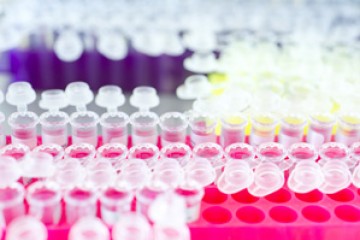PhD Studentship
Development of a non-mammalian, pre-clinical screening tool (FETOX) for predictive analysis of drug safety

At a glance
Completed
Award date
October 2014 - November 2017
Grant amount
£90,000
Principal investigator
Dr Grant Wheeler
Co-investigator(s)
- Dr Vicky Sherwood
- Dr Dominic Williams
Institute
University of East Anglia
R
- Reduction
- Replacement
Read the abstract
View the grant profile on GtR
